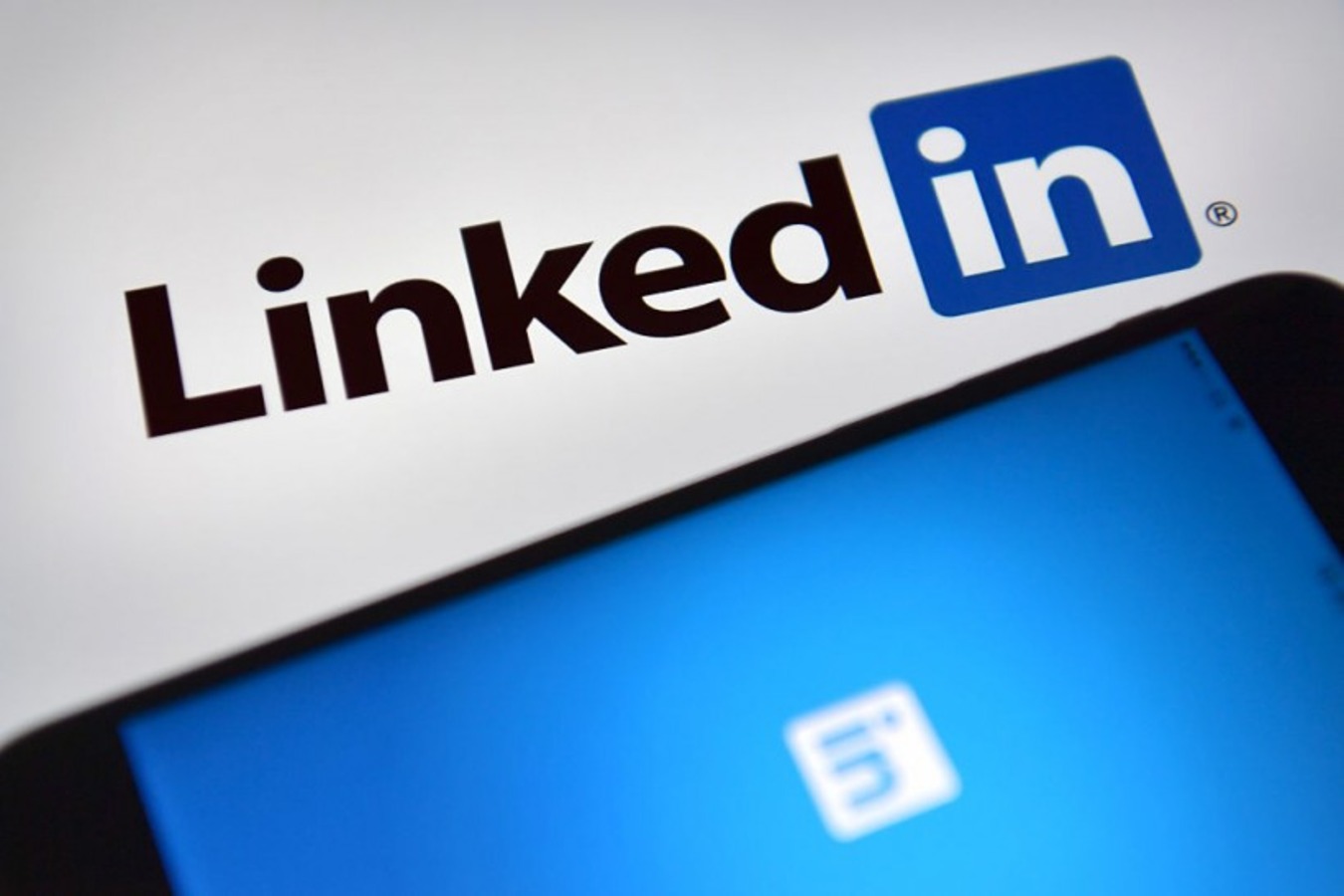LinkedIn Dives into Influencer Marketing: Leveraging User Base to Address Revenue Stagnation

LinkedIn is moving into influencer marketing to leverage its massive user base and boost income, as its revenue growth has stagnated since 2022.
The platform owned by Microsoft now offers "Thought Leader" ads to promote posts from users with large followings, part of its efforts to grow and profit from its 1 billion users.
Influencer marketing has succeeded on Instagram and TikTok, but LinkedIn is entering the industry. According to eMarketer, these consumer platforms will dominate U.S. social media marketing spending, with LinkedIn expected to account for only 4%, or $4.5 billion, per CNBC.
LinkedIn's "Thought Leader" advertising lets firms promote staff postings. However, with the current expansion, anyone may promote a post with author approval. Brendan Gahan, a social media marketer, expects firms to embrace this model.
Advertisers, particularly B2B ones, like the platform's brand safety and targeting. Software companies and manufacturers use LinkedIn for advertising because it may target particular audiences based on their professional data.
LinkedIn's wealthy user base and good first-party data make it enticing to advertisers seeking quality leads despite greater expenses. The platform's "Thought Leader" advertising humanizes B2B businesses to increase client engagement and enthusiasm.
LinkedIn is Becoming a Platform for News
Advertisers are hopeful about LinkedIn's young influencer marketing strategy. The platform's next feature, letting people view a company's ads, will help advertisers optimize their campaigns.
Notably, a November Pew study found that LinkedIn is becoming a news source for many. About a quarter of LinkedIn users get news there. The poll shows that LinkedIn's news consumers are evenly split between genders, largely liberal, and mostly under 49, signaling a change from a professional networking site, according to FastCompany.
However, identifying LinkedIn's top influencers is difficult because they typically include Bill Gates, Richard Branson, and Gary Vaynerchuk.
These influencers have millions of followers and distribute stuff that is not journalism. Nevertheless, engaging material, like a Madrid product manager's video résumé, may quickly acquire popularity on the site and receive overwhelmingly positive responses.
LinkedIn is useful for publishers and journalists, despite its social networking nature. It has offered reporters a podcast network, a native newsletter, and a premium subscription tool for over a decade.
LinkedIn worked with 400 publications to reach 240 million people, according to its spokeswoman. Publisher support is not new to the platform, demonstrating that it has expanded beyond professional networking.
TikTok Ban to Impact Businesses, Other Platforms
LinkedIn's strategy comes amid the possibility of a TikTok ban in the U.S., which might hurt small companies, influencers, and digital marketing firms. TikTok is a popular platform for businesses to advertise to younger audiences. If this platform lost its vast and engaged audience, especially those with a TikTok brand presence, business exposure and outreach would suffer.
TechTimes reported that the US Senate will review the TikTok ban after the House Energy and Commerce Committee's initial vote. Small company owners that rely on TikTok for more than 90% of their earnings face a major danger from President Biden's willingness to approve the measure.
Some experts predict that a TikTok ban may also affect other sectors. If TikTok is banned, blog traffic will drop since social media is important for SEO. SEO agencies may also lose a major marketing avenue.
LinkedIn may benefit from social media changes, while TikTok's US status is unknown. LinkedIn's influencer marketing venture offers a chance to gain market share and boost income while agencies watch.
